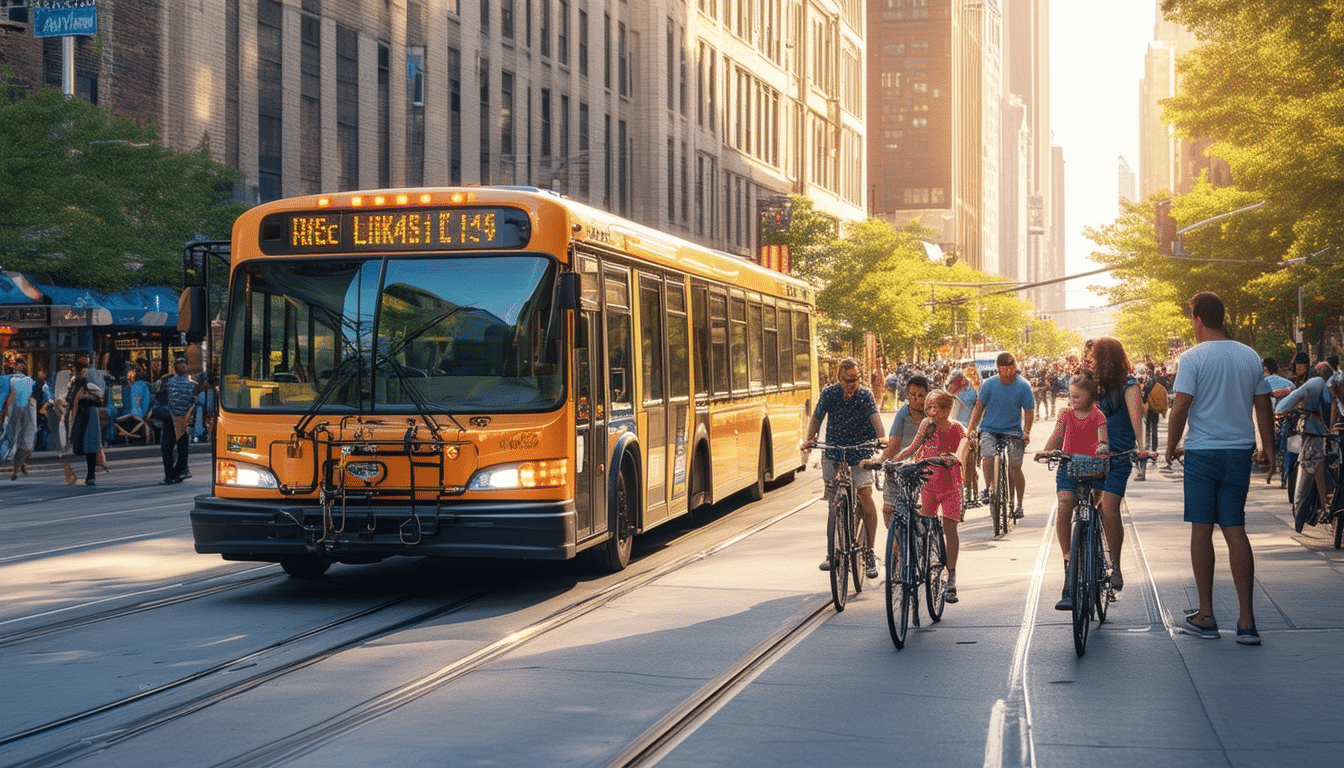Effective Strategies to Reduce Transportation Costs in Chicago

In a city like Chicago, where transportation costs continue to rise, it is essential to find effective strategies to reduce expenses. From using public transportation and bicycles to carpooling practices, there are multiple methods to optimize financial resources and improve mobility. Adopting efficient habits not only benefits personal budgets but also contributes to a more sustainable environment in the city.
Reducing transportation expenses in Chicago is a priority for many residents, especially in light of the rising costs associated with vehicle use. Below, various strategies are presented that can help significantly decrease these expenses, from utilizing alternative transportation to optimizing fuel consumption.
The Cost of Owning a Vehicle
According to the American Automobile Association (AAA), the average cost of owning a new vehicle can be quite high. In 2023, it was estimated that this cost was approximately US$1,015 per month. Given these numbers, it becomes essential to seek alternatives that allow reducing these expenses without sacrificing mobility.
Walking or Biking
For short trips, one of the best ways to save is to avoid using personal vehicles. Walking or biking is not only economical but also benefits health. Chicago offers a wide network of bike lanes and Divvy stations, the city’s bike-sharing system. An annual pass for Divvy costs US$108, allowing unlimited trips, which is considerably more economical than maintaining a car.
Public Transportation
Public transportation in Chicago, primarily managed by the Chicago Transit Authority (CTA), is an economical option compared to using a private vehicle. 7-day passes cost US$20, and 30-day passes only US$75, allowing unlimited travel on buses and trains. This choice can result in significant savings in monthly transportation expenses.
Furthermore, Metra, the commuter rail system, offers discounts for students and seniors. Many companies in Chicago also participate in transportation benefit programs, providing subsidized transit cards, further reducing mobility costs.
Carpooling: Sharing Rides
Carpooling is another effective strategy to reduce transportation costs. Platforms like Waze Carpool allow users to connect and share rides, which involves sharing the costs of fuel and vehicle maintenance. Besides being economical, this practice helps decrease traffic congestion and the carbon footprint in the city, contributing to the environment.
Utilizing Apps to Save Fuel
Apps like GasBuddy and Gas Guru are useful tools for finding service stations where fuel is cheaper. These apps provide updated information on prices, allowing drivers to better plan their routes and save time and money. Adopting efficient driving habits is key to maximizing fuel savings.
Preventive Vehicle Maintenance
Regularly maintaining preventive maintenance ensures that the vehicle operates efficiently and prevents costly problems in the future. Changing the oil regularly, checking air filters, and ensuring that tires are in optimal condition are recommended practices. Although the cost for an oil change ranges from US$45 to US$70, investing in maintenance can lead to much greater savings in the long run.
It is also important to mention the optimization of fuel expenditure and the importance of sustainable mobility to reduce expenses. Using alternative transportation and adopting more responsible habits are crucial to achieving significant savings.
In summary, the strategies mentioned not only contribute to reducing transportation expenses in Chicago, but also promote a healthier and more sustainable lifestyle.
Mobility in Chicago can be significantly costly, but there are viable strategies to reduce these expenses. Adapting our daily transportation habits is the first step towards considerable savings. Starting to use options like biking or public transportation not only helps reduce costs but also contributes to a more sustainable city.
Data from 2023 shows an increase in vehicle maintenance costs, making it even more necessary to consider alternative methods. Utilizing systems like Divvy for short trips or the Chicago Transit Authority for longer destinations can result in significant savings. Transportation passes are economical and allow unlimited trips, representing a more affordable option than maintaining a personal vehicle.
Carpooling is another effective strategy, not only to save on fuel and maintenance but also to reduce traffic congestion. Connecting with other users through digital platforms allows for cost-sharing, making each trip more economical and efficient.
Mobile apps also play a vital role in optimizing fuel expenditures. Apps like GasBuddy help find the cheapest gas stations, allowing drivers to plan their routes more efficiently.
Finally, the importance of preventive maintenance cannot be underestimated. Keeping the vehicle in good condition contributes to more efficient performance and can avoid costly repairs in the long term. With all these strategies, Chicago residents have multiple ways to effectively reduce their transportation expenses.



